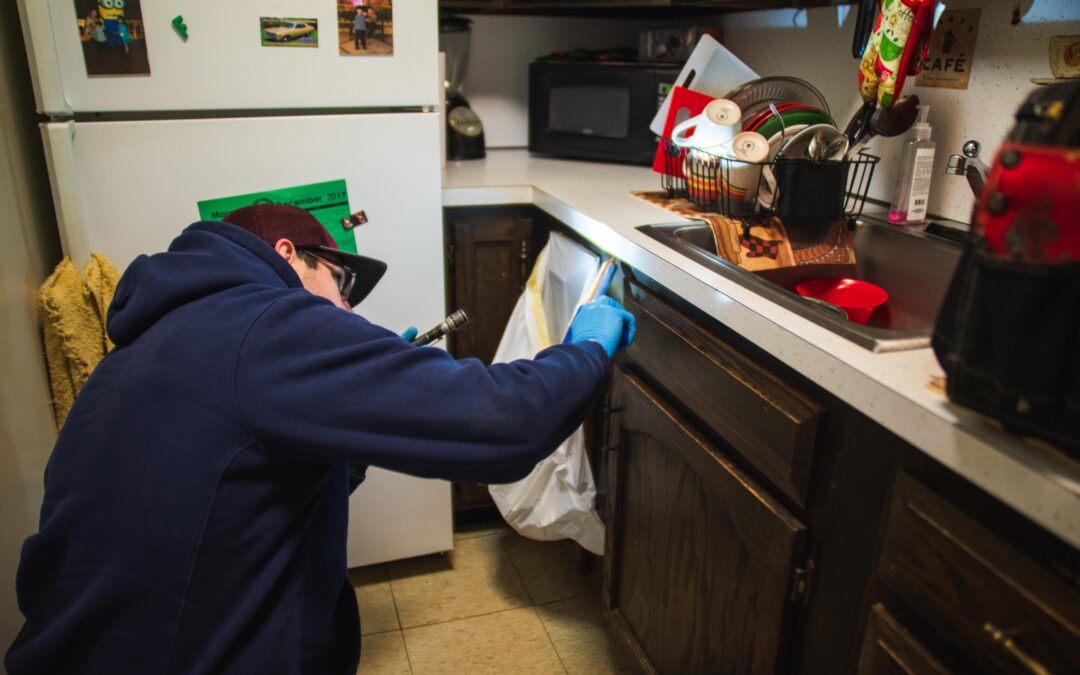Prenolepis imparis, or the “false honey ant,” nests in soil located in well shaded areas, and these nests can be recognized as small mounds consisting of relatively large grains of dirt with one central entry hole. Unfortunately, these ants also establish well hidden nests within homes, most often within wall voids, which makes infestations difficult to eradicate. Workers are between 2 to 4 mm in length, making them small to medium sized ants. Their body color varies, as some workers are brownish-yellow, dark brown, or brownish-black, but their head and thorax is usually lighter in color than their bulbous rear body segment. To the naked eye, workers appear smooth and shiny, but they possess very fine yellowish hairs that are most abundant on their head and thorax. Due to the false honey ant’s habit of overfeeding on honeydew, their abdomens become noticeably engorged, sometimes to the point where they become incapable of crawling. This makes false honey ants easy to distinguish from similar looking ant pest species.
False honey ants have an expansive appetite, as they seek out meats, sweets, fruit and grains within homes, making these ants common pests of pantries and kitchen cupboards. False honey ant colonies contain between 2,000 and 3,000 individuals, and like most ant species, false honey ants establish new colonies by swarming for a few months out of the year. Swarms emerge during April and May, and their swarms generally occur earlier in the year than most other swarming ant species. New colonies are established within soil by reproductive swarmers (alates) that become queens after shedding their wings. False honey ants sometimes invade homes from outside nests that are located in close proximity to exterior foundation walls. However, heavy infestations indicate that false honey ants are emerging from one or multiple indoor nesting sites. Luckily, false honey ant infestations can be eradicated with several types of baiting systems.
Have you ever found ants within your home that had an inflated abdomen?

